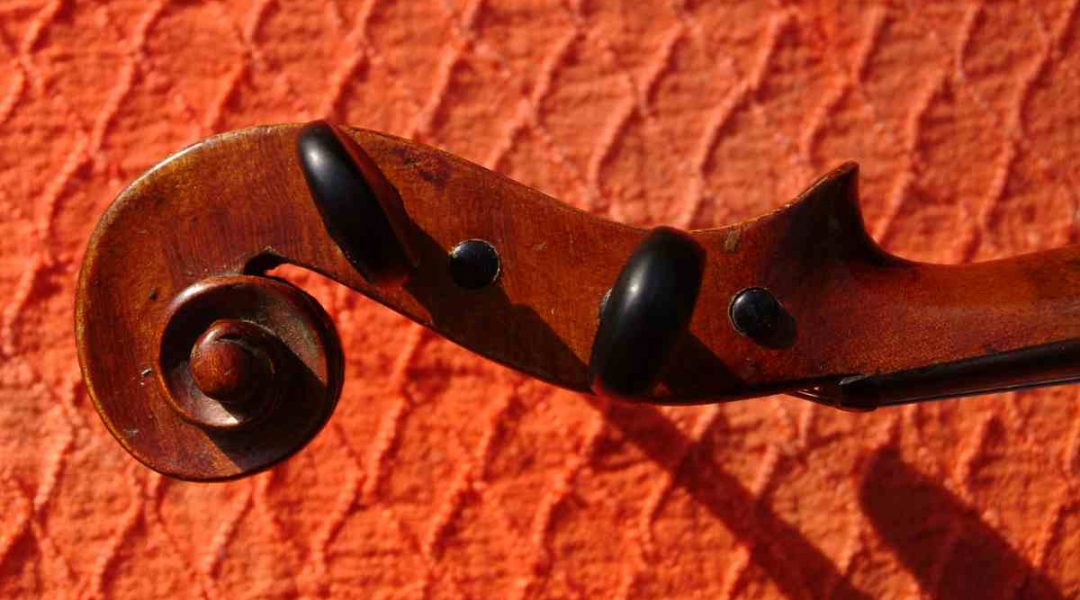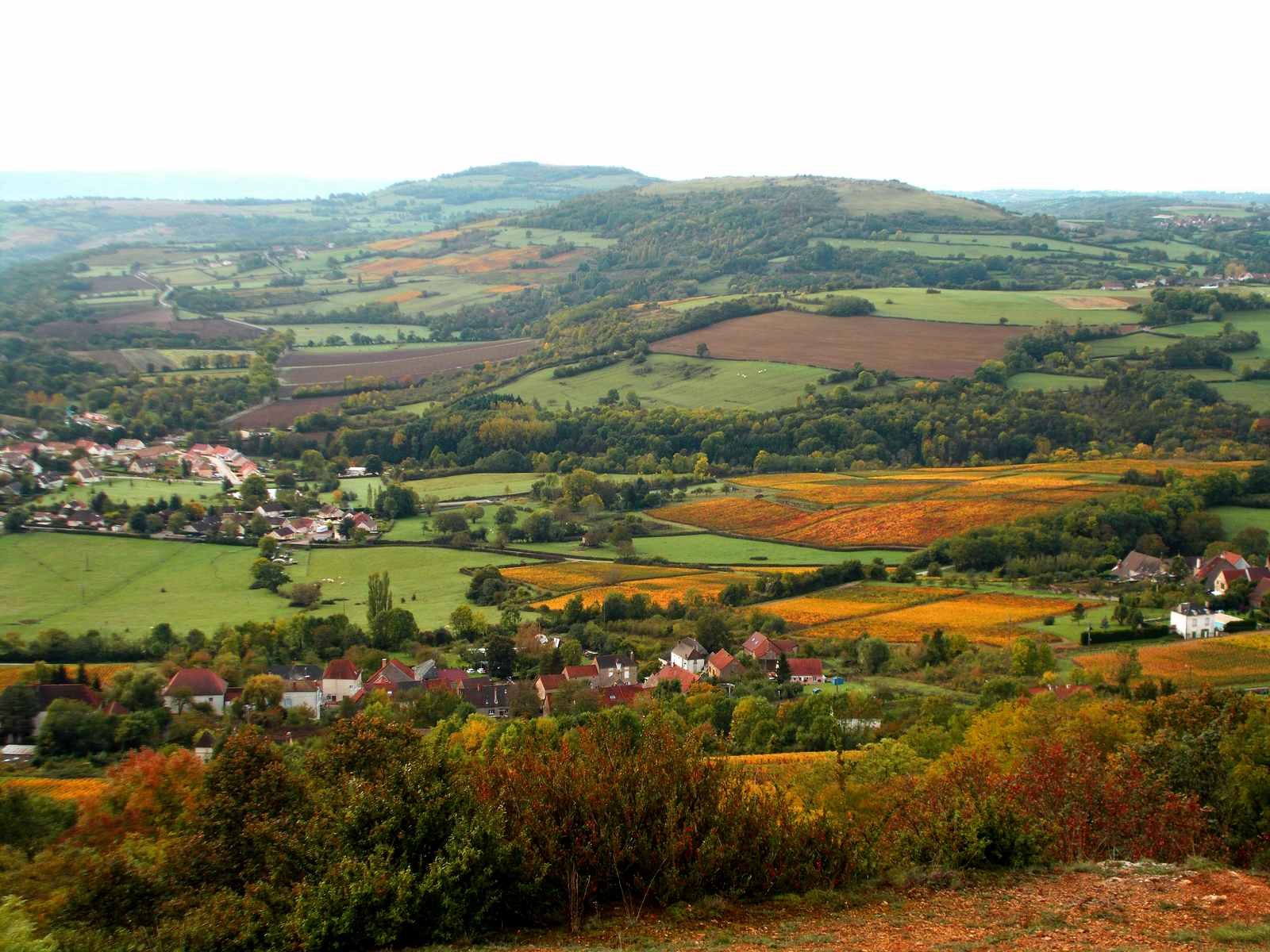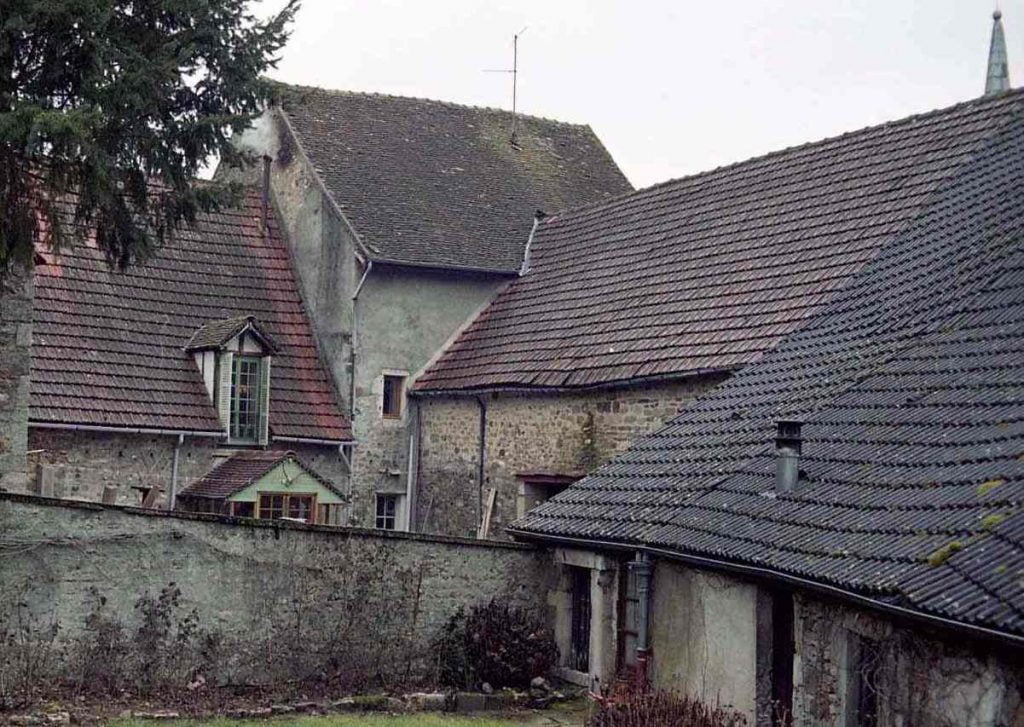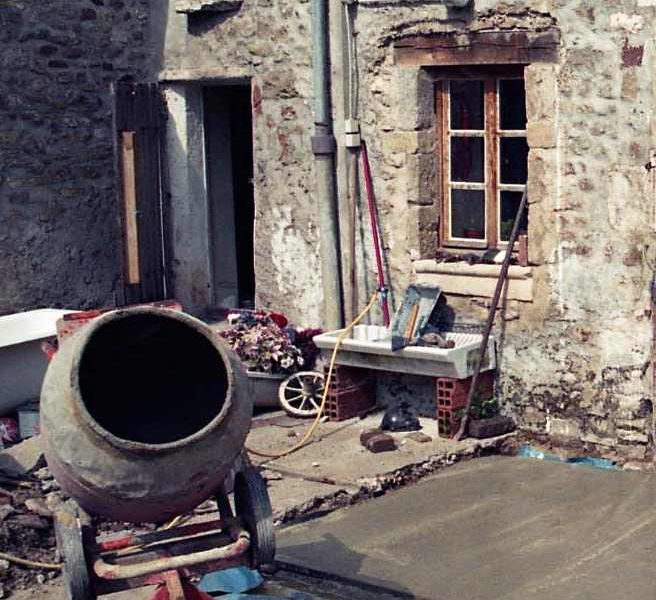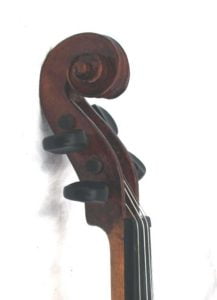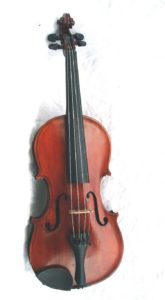Originally posted 2013-07-03 19:59:34.
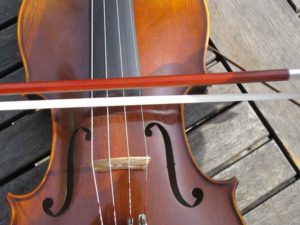
Once you have the grip of the instrument under the chin sorted out, the next thing to address is the right hand’s grip on the bow. This can cause a great deal of trouble though in my opinion is not as tricky as the left hand. Again, the secret is to avoid tension; the hand must be relaxed. To do this, all four fingers and the thumb must be in contact with the stick, and all must be curved. This is hugely important. The most common grip errors are for the little or pinkie finger to lock and become straight and rigid. Do not allow this to happen. Another is for the pinkie to lift off the stick, which is also wrong. More subtle and harder to see but just as damaging is for the thumb to become stiff.
Continue reading “Grip: How to hold the fiddle and bow”


